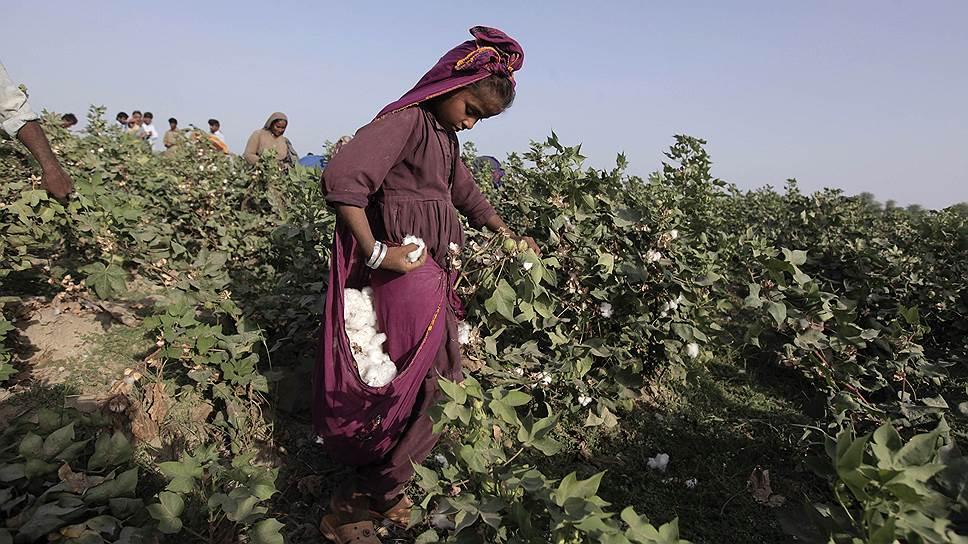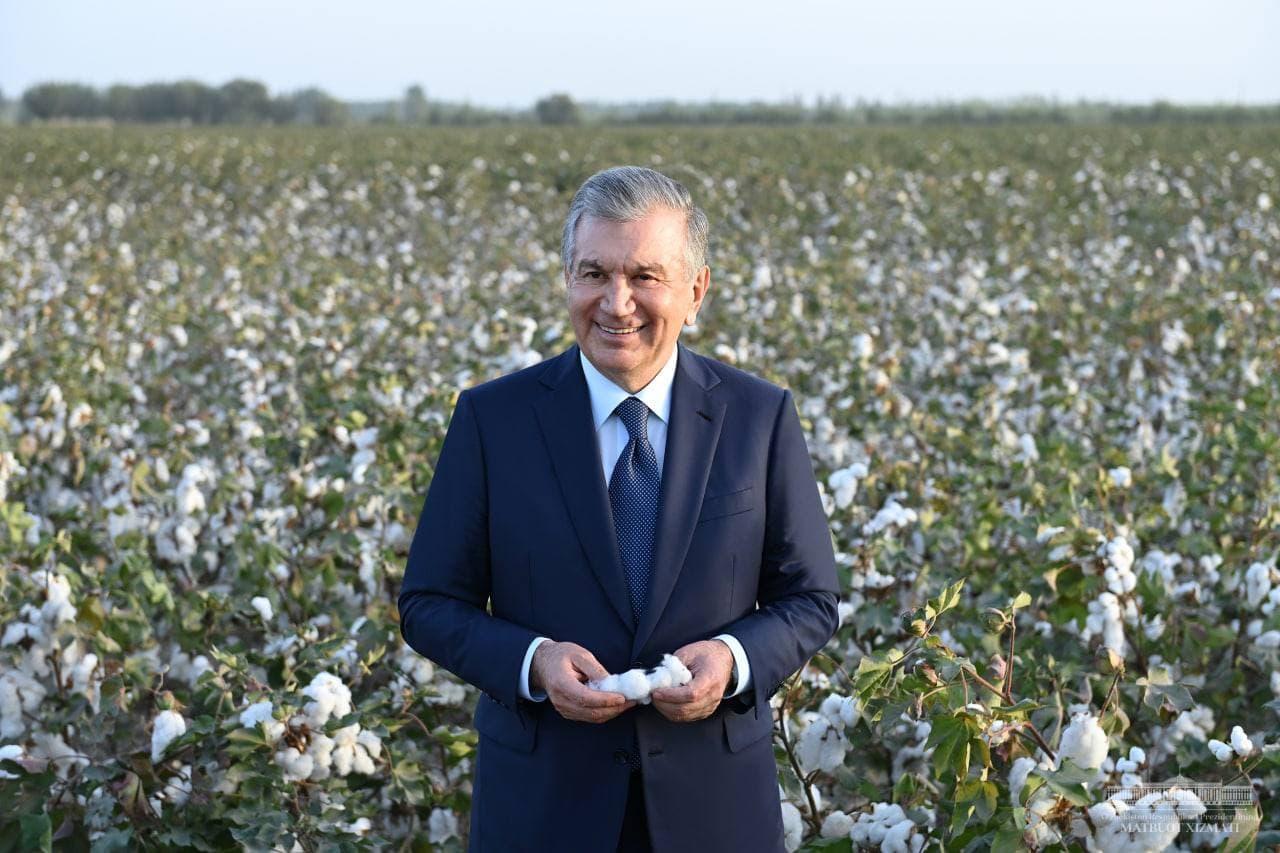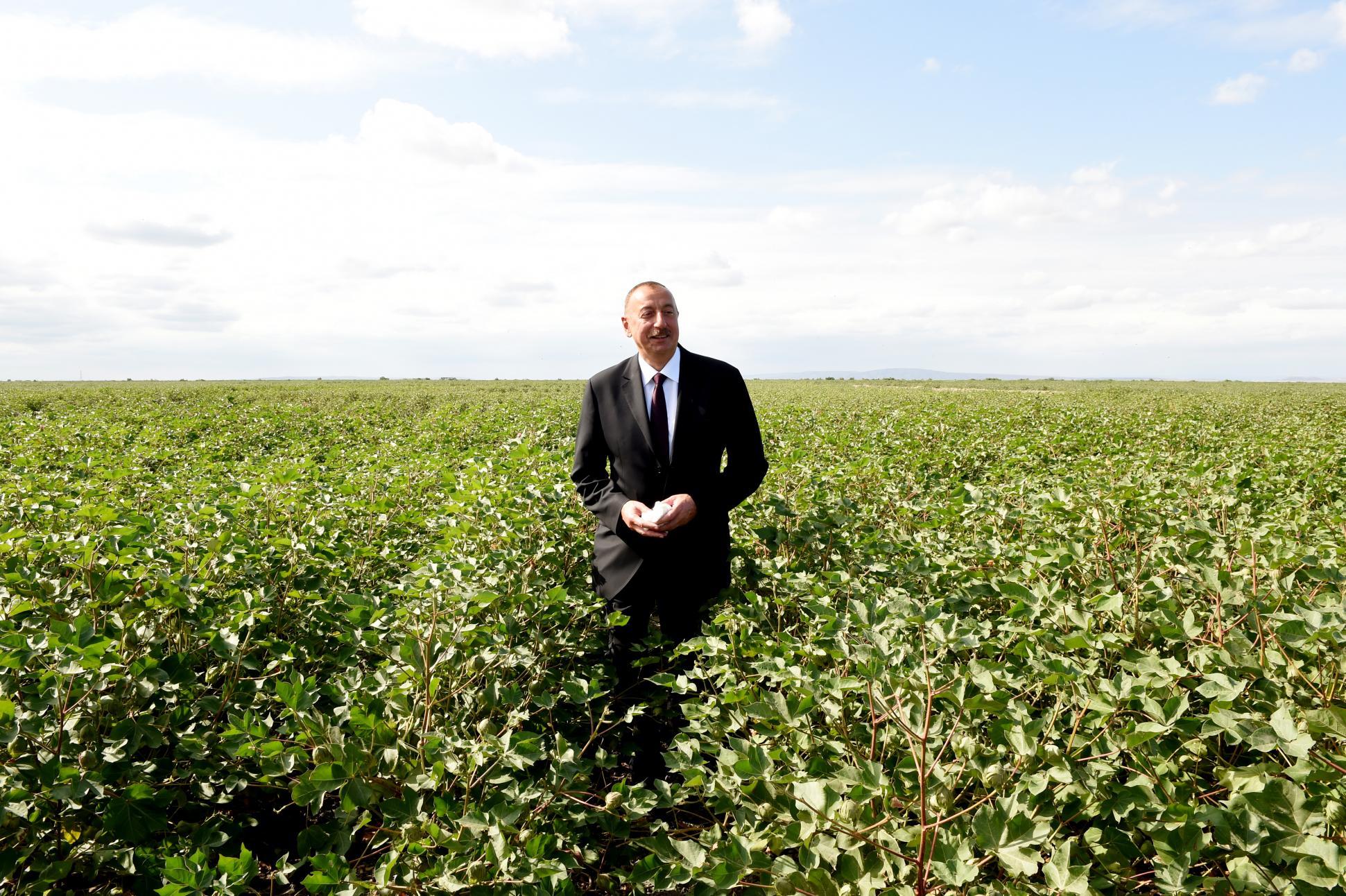Cluster development in Azerbaijan's cotton sector The role of Uzbek expertise
Contrary to the US Department of Agriculture's report recently published on lower demand in the local cotton market, raw cotton prices have not declined, but are holding within the range of 0.68-0.70 cents per pound. Global forecasts indicate no growth in raw cotton production this year. However, last year there was a noticeable decline in raw cotton production in the US, China, India and other countries of the world, including a 14 per cent reduction in Azerbaijan's harvest. Current market conditions require domestic producers to reorient themselves in favour of deep processing of cotton and increasing the output of finished products. The first step in this direction will be investments by an Azerbaijani-Uzbek joint venture that plans not only to grow raw cotton, but also to establish production of yarn, textiles, garments and cotton oil.
The 2022-2023 period was not the best for the global cotton industry, with extreme drought reducing cotton yields by 28-30 per cent in China, India, the US and Brazil. The situation was not better in Pakistan, where torrential rains destroyed almost 20 per cent of the crop, and production declines were also recorded in Australia and Benin. To assess the extent of the damage, it should be taken into account that the above countries account for more than three-quarters of the world's total production.
At the same time, despite the decline in production, cotton raw material prices have been falling in 2023 due to the global recession reducing demand from processors in Türkiye, Pakistan, Bangladesh, Indonesia and India. Moreover, an increasing number of apparel manufacturers are reducing the share of natural cotton raw materials in mass-produced budget products, partly replacing them with man-made fibres, i.e. man-made polymer yarns, or at best viscose made from cellulose. All this does not have the best effect on the dynamics of market demand in the cotton sector.
In the once industry-leading US, the competitiveness of US cotton is declining year by year due to higher production costs, high taxes, and an expensive labour market, as it is being displaced by cheaper products from Brazil. In the US, out of 900 cotton processing factories (at the beginning of the 20th century), about 90 are left today; comparable dynamics of decline is observed in the segment of textile and clothing enterprises, and, having lost the domestic market, American farmers are reducing their cotton crops.
With the US still accounting for 11 per cent of the world crop in 2023/24, the forecast for the current season has been cut by 16 per cent and will be the lowest in at least 14 of the last 14 years, according to a recent report from the US Department of Agriculture. Australia, China and India also reduced production last year and this year, and according to the US Agriculture Department, Pakistan and Brazil are now the only major producing countries showing year-on-year growth of 72 per cent and 24 per cent respectively.

However, in this case, there is a clear pattern: cotton production growth is most profitable in economies with the highest level of raw material processing and a developed textile, garment and oilseed industry: the Pakistani and Brazilian economies are of this type. Uzbekistan, the leading economy in the Central Asian region, also saw a significant increase in raw material production last year to a record 3.8 million tonnes. Importantly, Uzbekistan has stopped exporting raw cotton since 2020 and virtually all raw material is processed by the local industry: given the high share of added value, the full production cycle helps offset the industry's characteristic negativity.

Turkmenistan plans to move in a similar direction, where several large weaving and garment production facilities have been introduced in recent years. On the contrary, in Kazakhstan, Kyrgyzstan and Tajikistan, water shortages, low profitability of production and relatively low purchase prices for raw cotton reduce farmers' interest in this crop.
Azerbaijan is facing similar problems, where the raw cotton harvest fell by more than 14 per cent last year. In order to support the industry in our country in 2021-2022, the purchase tariffs for raw cotton were increased several times, economical irrigation systems and modern harvesters are being introduced, high-yielding American, Turkish and Greek varieties of cotton and advanced agrotechnical methods of its cultivation are being used. All this has made it possible to increase yields to 50 and even 60 quintals per hectare in a number of agroparks and advanced farms. However, the average yield of the industry in our country is still about 28-29 quintals per hectare, which is almost half the level of world industry leaders.
The need to develop export-oriented agriculture and processing sectors, as well as to increase the profitability of agricultural production was recently stated by Azerbaijan's Minister of Agriculture Majnun Mammadov. "Currently, the ratio of value added in processing to value added in the agricultural sector of our country is about 0.3 units. That is, for every 1 unit of primary agricultural production there are 0.3 units of corresponding processing production. In developed countries, this figure is 1-1.5 units," the head of the agrarian department said, stressing that in the medium term, this figure should be brought to 0.5 units in Azerbaijan. Among the potential sectors for increasing the profitability of processing, the Minister named the production of yarn and fabric from cotton raw materials. Alas, but the lion's share of domestic exports still falls on raw cotton and partly yarn, and only less than a quarter on finished products.
Some progress has been achieved through the construction of new large weaving and garment factories in Sumgayit, Mingachevir, Baku and other cities of the country, textile factories are also operating in the Saatli district, and garment factories have been established in Ganja, Yevlakh and Lankaran. However, Azerbaijan does not have customs ceiling tariffs restricting the export of raw materials (as in Uzbekistan), and fiscal and other export mechanisms are insufficient to encourage large producers of raw cotton and cotton ginning factories to increase processing to 100 per cent and produce fabrics, clothing, etc. In the last two or three years, Azerbaijan has conducted intensive negotiations with business circles in Türkiye, Pakistan and Uzbekistan to attract investment in the spinning, textile and garment industries, including in the agro-industrial clusters being formed in the Karabakh region, as well as in the industrial zone of the Alat Free Economic Zone (FEZ).

One of the first successful endeavours in this direction was the contract concluded in July this year between Azerbaijani TST Textile Group LLC and Uzbek Tukımachı Sanoat Tekstıl LLC, according to which the company from Uzbekistan will be given a long-term use of 5,826 hectares of land of the agricultural park located in Imishli, which is under the management of the Azerbaijani Agency for Development of Economic Zones (ADEZ). In the first stage, 28.7 million manats ($16.88 million) will be invested in the cultivation of cotton fields and creation of necessary infrastructure.
The Uzbek investor will gradually invest 92.5 million manats ($54.4 million) in the establishment of five enterprises in Azerbaijan from 2025 to 2029. In addition to the partners' own funds, the Azerbaijani-Uzbek investment fund will be allocated for the implementation of the project. In particular, it is planned to build plants for cotton processing and cotton oil production in Imishli, and enterprises for the production of yarn, textiles and garments will be located on the territory of Mingachevir Industrial Park. Thus, the Azerbaijan-Uzbekistan project promotes the creation of a cluster approach in the domestic cotton sector using Uzbek experience. For the first time, all processes - from the cultivation of raw materials to the production of finished products - will be implemented in a closed cycle, which will ensure a high level of added value.
In general, Azerbaijani-Uzbek cooperation in cotton processing has many prospects for expansion: for example, the Uzbek company PAHTAMASH, the region's largest producer of cotton ginning equipment, plans to build a plant for primary cotton processing in Azerbaijan, as well as to provide assistance in training highly qualified personnel in the cotton industry. In the future, PAHTAMASH is ready to equip plants to be built in the territories of the country liberated from occupation with its equipment.








